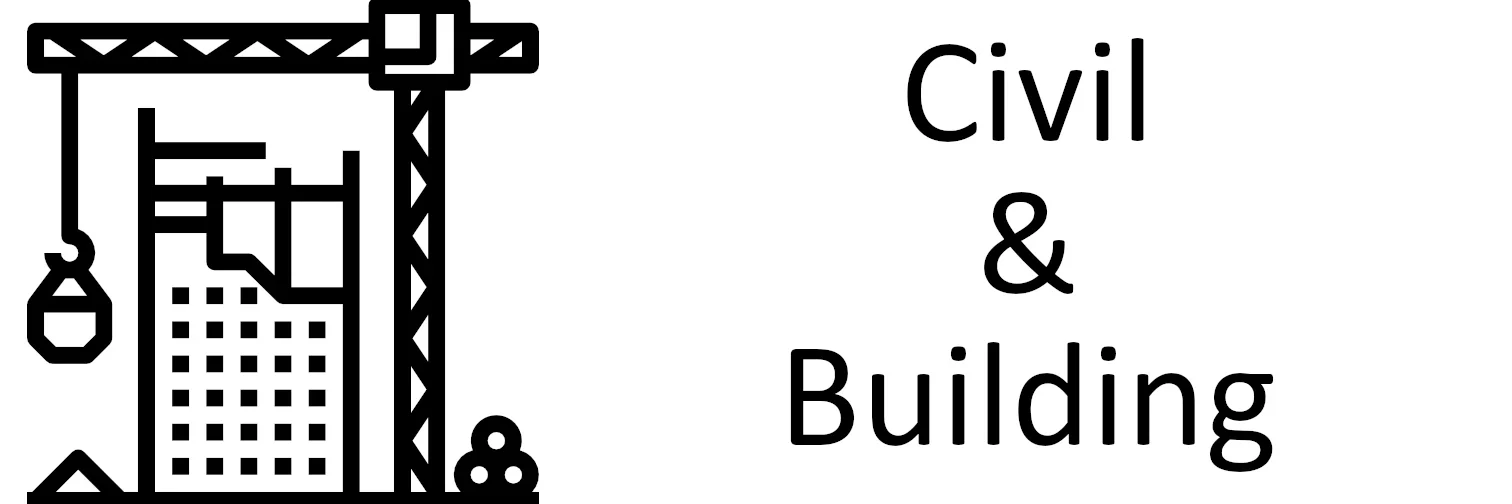Although it is a frequently utilized and adaptable building material, concrete can crack. Concrete cracks can be a prevalent problem, regardless of the size of the structure—from a modest patio to a gigantic skyscraper. Your building project’s durability and structural integrity depend on your ability to identify the causes of concrete cracks and take preventative measures. We’ll look at the different causes of concrete cracks in this blog post, along with some tips for avoiding them.
- Types of Cracks in Concrete
It’s important to comprehend the many forms of concrete cracks before delving into their causes and prevention:
The most prevalent kind of fractures in concrete are known as shrinkage cracks, which arise from the concrete’s natural shrinking and drying process. Usually, shrinkage cracks show up as thin, vertical lines.
Settlement Cracks: Uneven soil settling beneath concrete can result in settlement cracks. These fissures can vary in breadth and are frequently diagonal.
Plastic Shrinkage Cracks: These cracks appear when the concrete dries out too quickly during its initial setting. On the surface, they often take the appearance of an erratic pattern.
The most severe type of cracks, structural cracks frequently point to an issue with the concrete’s structural integrity. They may be the consequence of inadequate design, shoddy construction, or overloaded.
- Reasons for Cracks in Concrete
Effective prevention of concrete fractures requires knowledge of their causes. The following are some typical causes of concrete cracks:
a. Poor Combination Design
Concrete can be weakened and become more prone to cracking by using the incorrect concrete mix or by not adding aggregates, water, or additives in the proper amounts.
b. Inadequate Therapy
Concrete strength and durability are largely dependent on proper curing. Inadequate curing can cause cracks because the concrete loses moisture too quickly, especially in the crucial early phases.
Temperature Variations (c)
Concrete can expand and contract as a result of extreme temperature variations, particularly during freeze-thaw cycles, which can result in cracks. This problem can be lessened with the use of control joints and proper reinforcing.
d. A surplus of water
Overwatering the mixture weakens the concrete and increases the likelihood of cracks forming when it dries and cures.
f. Poor Construction Techniques
Concrete cracks may result from poor formwork installation, poor craftsmanship, and inadequate compaction. Following excellent construction procedures is essential.
g. Outside Stressors
Over time, pressure from heavy loads, seismic activity, and environmental elements like tree roots may cause structural fissures in the concrete.
- Avoiding Cracks in Concrete
After talking about the many reasons why concrete cracks, let’s look at some ways to avoid them:
Adequate Mixture Design
Collaborate with a certified provider of concrete to guarantee the appropriate mix design for your particular project. This will offer the durability and strength required to reduce the chance of cracking.
B. Sufficient Healing
Adopt a thorough curing regimen that includes applying curing ingredients, covering the concrete with plastic sheeting or wet burlap, and keeping the temperature and moisture levels stable during the first curing phase.
c. Combining and Strengthening
Concrete may expand and contract without cracking thanks to control joints and expansion joints. Reinforcement that is appropriate, such wire mesh or rebar, helps spread loads and stop structural fissures.
d. Ongoing Repairs
Regularly check your concrete for any new concerns so you can take care of them before they become bigger ones.
e. Climate-Related Issues
To lessen the consequences of freeze-thaw cycles in areas with drastic temperature swings, think about utilizing air-entrained concrete and frost-resistant particles.
f. Expert Construction Services
Employ seasoned contractors who are aware of and follow best practices in building. Make sure the concrete is compacted correctly, that formwork is installed correctly, and that suggested processes are followed.
Although concrete cracking is a prevalent worry in the construction industry, it may be minimized with the appropriate information and preventive actions. You can make sure that your concrete constructions last a long time and maintain their structural integrity by addressing the reasons behind concrete cracks and taking preventive action. To maintain the aesthetic appeal and practicality of your concrete surfaces, keep in mind that prompt identification and maintenance are also essential.
